

L.E.Murr, a researcher from the University of Texas at El Paso, presents an overview of medical devices for 3D printing, outlined in the recently published ‘Metallurgy principles applied to powder bed fusion 3D printing/additive manufacturing of personalized and optimized metal and alloy biomedical implants: an overview.’
Powder bed fusion, using both SLM and EBM technologies, has continued to rise in popularity around the world, including in hospitals where commercial systems are used to create patient-specific medical devices.
“The main difference between EBM and SLM fabricated metal or alloy products involves the lower SLM powder bed temperatures and more rapid cooling or cooling rate,” explains Murr. “This produces internal strain in some SLM, products which often requires hot isostatic processing (HIPing) to relieve this intrinsic strain, and product warping or other distortions. SLM product surfaces are also often smoother, and for some applications this can be an important feature.”
While challenges continue in 3D printing, additive manufacturing processes, and materials selection, researchers around the world continue to innovate with implants, whether for the brain, teeth, spine, or more, heightening the quality of life for many and in some cases, saving lives altogether. Murr points out that many attempts have been made to produce porous materials that are functional and effective. Medical device manufacturers have been working steadily to create new ways for producing implants with suitable porosity.

“As of 2019, there were hundreds of so-called point-of-care 3D printing centers or hubs in hospitals world-wide; some in orthopedic units and other serving as service units for a variety of surgical departments, including developing 3D printed surgical planning models,” states Murr.
Today, Ti-6Al-4 V powder is used by most 3D printing point-of-care centers and service laboratories responsible for making implants for:
- Maxillofacial reconstructions
- Skull plates
- Spinal inserts
- Total hip and knee implants
“While considerable research on the development of a wide range of Ti-alloy systems has been conducted over the past 2 decades, including alloys such as Ti-24Nb-4Zr- 7.9 Sn, having a Young’s modulus less than half that for Ti-6Al-4 V, there is little incentive, either biomedical or economical, to adopt these alloys for implant fabrication,” concluded the researchers.
“For Ti-6Al-4 V, the principal microstructures, consisting of various α-phase dimensions or αʹ-(martensite) phase dimensions, allow the hardness (Vickers) to be adjusted over a range of roughly 3.5–4.5 GPa, as well as the corresponding manipulation of strength and ductility. While this can assure a high degree of biomechanical compatibility with bone for porous, open-cellular implant designs, optimal bone ingrowth not only assures effective fastening of the implant but also renders the implant a bone scaffold, or ideal bone replacement.”
What do you think of this news? Let us know your thoughts! Join the discussion of this and other 3D printing topics at 3DPrintBoard.com.
[Source / Images: ‘Metallurgy principles applied to powder bed fusion 3D printing/additive manufacturing of personalized and optimized metal and alloy biomedical implants: an overview’]
If you're looking to request photorealistic CGI in the USA, our service offers an easy and efficient way to get stunning, lifelike renderings for your architectural and real estate projects. Through our platform, you can quickly request high-quality CGI images that accurately capture the essence of your designs. Whether it's for a residential or commercial property, our experts specialize in creating realistic 3D renderings that highlight every detail, bringing your vision to life with exceptional clarity and precision.
Through our website, requesting photorealistic CGI becomes a seamless experience. With our help, you can get highly detailed 3D visualizations that look just like photographs, providing a realistic representation of your project before it's even built. Our team ensures that every element, from textures to lighting, is meticulously rendered, giving you an impressive, lifelike result that will leave a lasting impact on your clients and stakeholders.
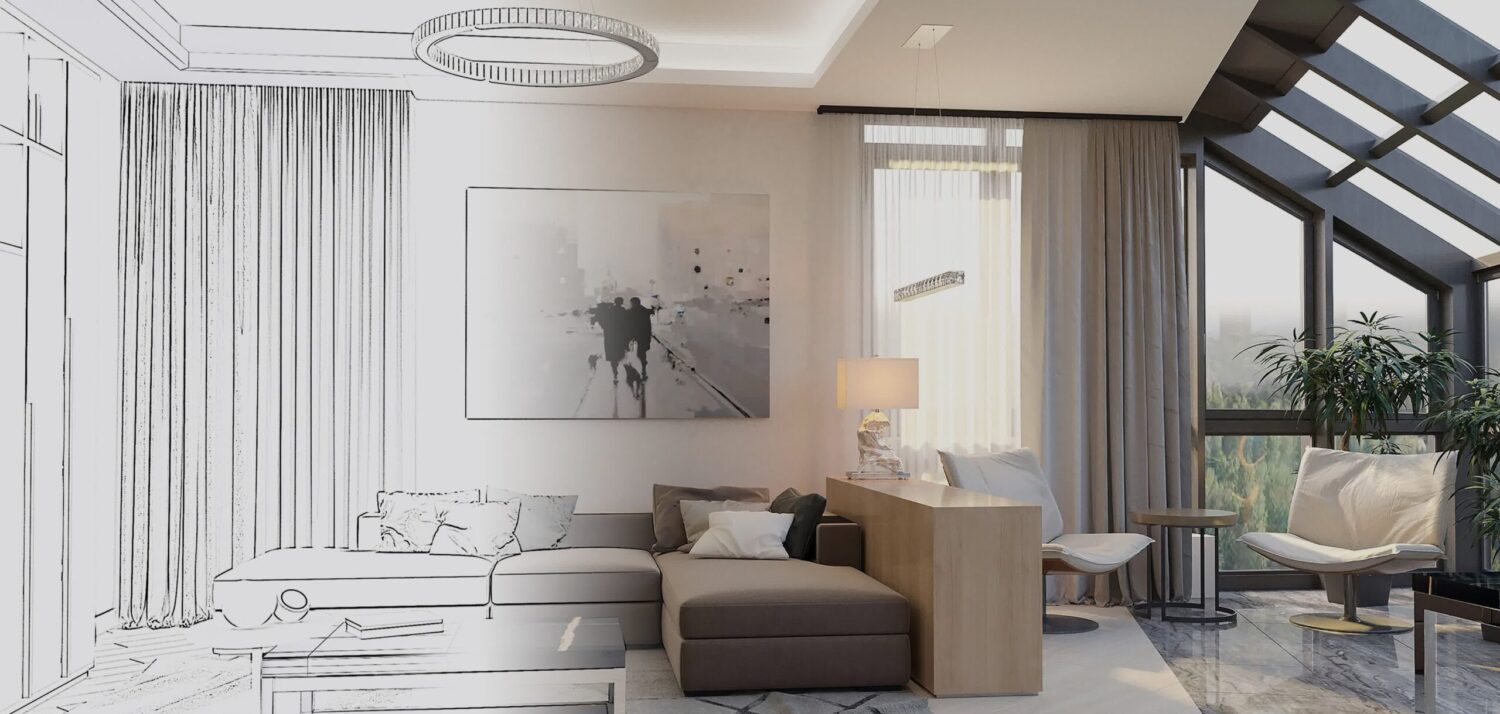

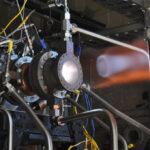
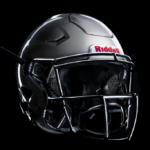
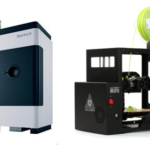
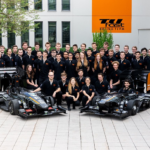
Leave a Reply
You must be logged in to post a comment.